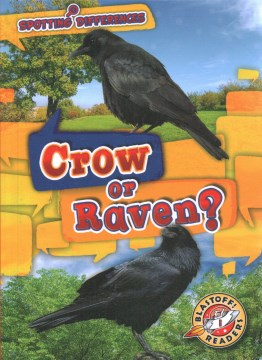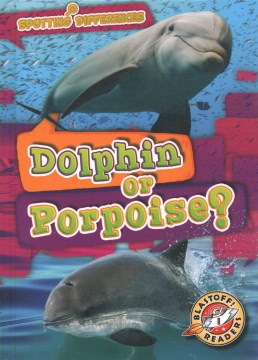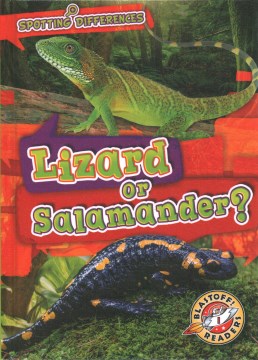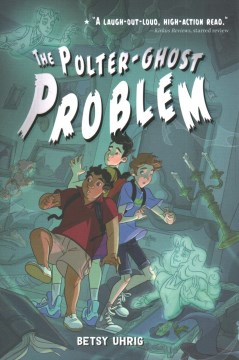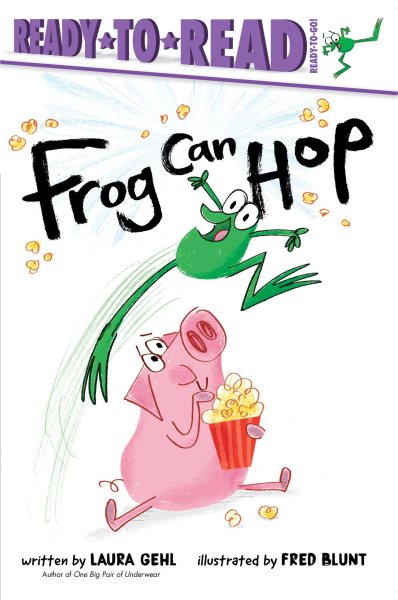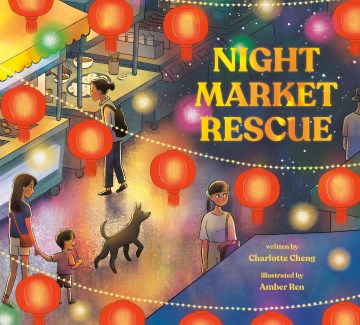by Mari Schuh
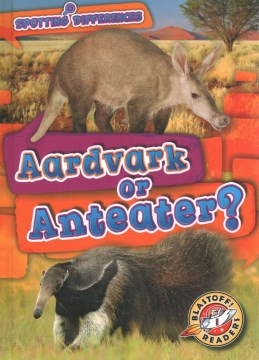
Blastoff! Readers Level 1: Spotting Differences is a twenty book set that delves into the differences between animals. Each book focuses on a pair of animals and details their physical and behavioral traits. Text is accessible to your newest readers and accompanying illustrations are high quality and engaging. Nonfiction text features include table of contents, index, glossary and labeled diagrams. Unfamiliar words are bold type and the animal pair’s differences are repeated at the end as a wrap up. Suggested websites and resources are noted for further investigation.
Aardvark or Anteater? is a highly engaging look at two animals that initially seem very similar. Yet, we learn that despite those similarities, they are very different animals. They are both mammals with long tongues that eat ants. But, their fur, snouts, ears and habitats are very different. New readers will enjoy discovering new information in a simply written book packed with facts and wonderful photos. This won’t be on your shelves for long!

